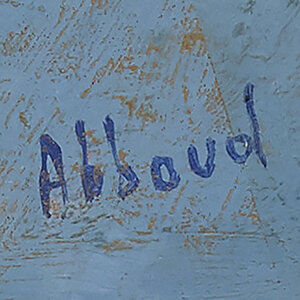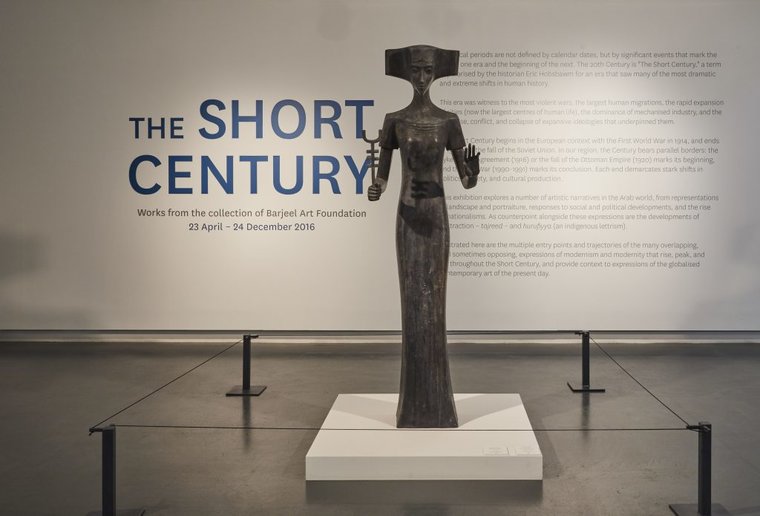


Last updated on Sat 23 April, 2016


THE SHORT CENTURY
23 April - 24 December 2016
SHARJAH MUSEUM
Curated by Karim Sultan / Suheyla Takesh
Historical periods are not defined by calendar dates, but by significant events that mark the end of one era and the beginning of the next. The 20th Century is “The Short Century,” a term popularised by the historian Eric Hobsbawm for an era that saw many of the most dramatic and extreme shifts in human history.
This era was witness to the most violent wars, the largest human migrations, the rapid expansion of cities (now the largest centres of human life), the dominance of mechanised industry, and the rapid rise, conflict, and collapse of expansive ideologies that underpinned them.
The Short Century begins in the European context with the First World War in 1914, and ends in 1991 with the fall of the Soviet Union. In our region, the Century bears parallel borders: the Sykes-Picot Agreement (1916) or the fall of the Ottoman Empire (1920) marks its beginning, and the Gulf War (1990-1991) marks its conclusion. Each end demarcates stark shifts in politics, society, and cultural production.
This exhibition explores a number of artistic narratives in the Arab world, from representations of landscape and portraiture, responses to social and political developments, and the rise of nationalisms. As counterpoint alongside these expressions are the developments of abstraction – tajreed – and hurufiyya (an indigenous lettrism).
Illustrated here are the multiple entry points and trajectories of the many overlapping, and sometimes opposing, expressions of modernism and modernity that rise, peak, and fall throughout the Short Century, and provide context to expressions of the globalised contemporary art of the present day.
Join us in our endless discovery of modern and contemporary Arab art
Get updates from DAF
Follow Artists
Save your favourite Artworks
Share your perspectives on Artworks
Be part of our community
It's Free!
We value your privacy
TermsCookiesPrivacy Policies
Get updates from DAF
Follow Artists
Save your favourite Artworks
Share your perspectives on Artworks
Be part of our community
It's Free!
We value your privacy
TermsCookiesPrivacy Policies
Get updates from DAF
Follow Artists
Save your favourite Artworks
Share your perspectives on Artworks
Be part of our community
It's Free!
We value your privacy
TermsCookiesPrivacy Policies
If you have entered your email to become a member of the Dalloul Art Foundation, please click the button below to confirm your email and agree to our Terms, Cookie & Privacy policies.
We value your privacy, see how
Get updates from DAF
Follow Artists
Save your favourite Artworks
Share your perspectives on Artworks
Be part of our community
It's Free!
We value your privacy
TermsCookiesPrivacy Policies